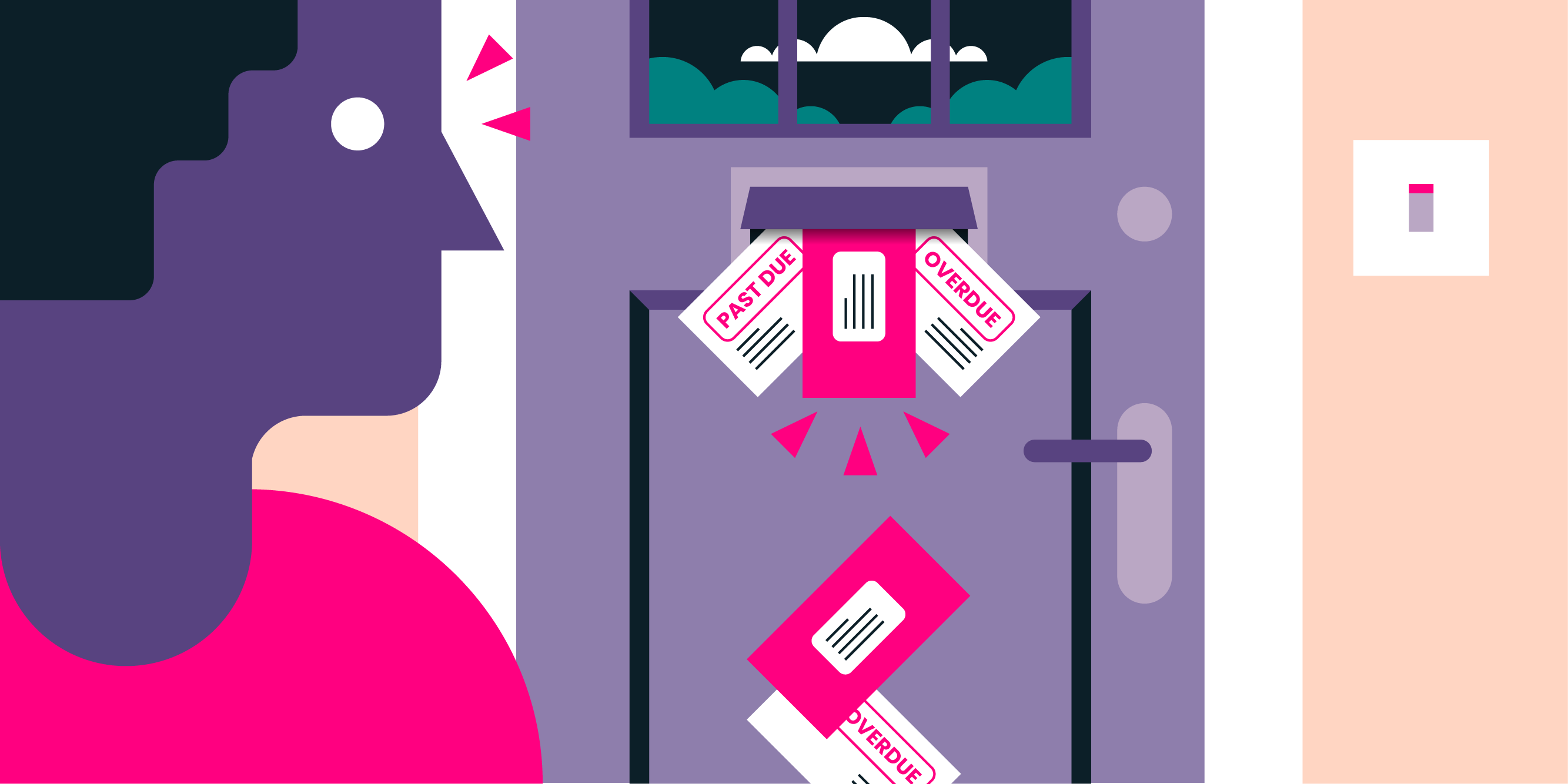How Financial Anxiety Stops Us From Tackling Energy Bills
In today’s economic climate, energy bills have become a major source of financial stress. Yet, research shows that many people remain stuck in a cycle of inaction, held back by feelings of overwhelm and anxiety. Why does this happen, and how can we overcome it to take control of our energy bills?
Wasted energy makes up 30% of the average energy bill - do something about it! Get more from your smart meter with Loop.
Why Do We Procrastinate on Managing Our Finances?
Procrastination is common when it comes to household tasks, especially managing finances. According to a survey by Legal & General, 16% of people admit to putting off managing their finances.
So, why do people avoid dealing with their energy bills? It’s not because they don’t care—it’s because managing money can be stressful, and financial anxiety often leads to avoidance. People worry about the complexity of the process, fear they’re not doing enough, or simply don’t know where to begin.
How Financial Anxiety Manifests
Financial anxiety, sometimes called ‘money shame,’ is the feeling of dread when it comes to handling your finances. Many people avoid opening bills, checking their bank accounts, or setting budgets because it feels too daunting.
This avoidance can prevent them from making decisions that could save them money, leading to higher bills and even more stress in the long run. A survey by the Mental Health Foundation found that 32% of people have worried about being able to afford their energy bills in the last two weeks.
The good news is, once you take the first step, the rest becomes easier. Facing your energy bill head-on is the first move toward reducing financial anxiety and gaining control over your energy expenses.

Breaking Through the Cycle
Our four-step checklist is designed to guide you through understanding your energy bill, comparing usage, and making changes that can reduce your costs. With the right tools and knowledge, you’ll find it much easier to take control of your energy usage and ease your financial stress.
Step One: Understand the Jargon
Start by clueing up on key topics and you'll soon see through the jargen. Not knowing what common energy terms and phrases mean can be a barrier to taking action.
- Start with our guide on how to read your energy bill.
- Then, expand your knowledge further with our explainer on the Price Cap.
- Our handy A-Z of home energy jargon is a helpful resource for everything in-between.
- Finally, check if there are any grants and schemes available to help with your costs.
Step Two: See What Others are Paying
Now it's time to see how much your energy bill should be. Check our household comparison table. This will show you how much energy similar households to yours are using, and what it's costing them. This information is essential when it comes to looking at your own bill. How else would you know if you're using too much energy?
Step Three: Find Your Starting Point
Once you've got that knowledge under your belt, it's time to look at your energy bill. If you don't know how to read it, this guide will help. As difficult as this might be, the first step to reducing your energy bills is to see what you're working with and what you want to work towards. This is your benchmark, so you can see the impact of the positive energy-saving changes you make.
Step Four: Monitor Your Usage
Now you're ready to download the free Loop app. Tracking your energy use will help you stay accountable. See how much energy your household is using and what it's costing you. Then ask yourself some simple questions:
- Are there days when your energy usage looks higher than expected - and why is that?
- How does your usage compare to previous weeks and months?
- Are there any spikes during the day that you can't account for?
Interrogating your usage like this will help you see where to make improvements. On average, Loop users reduce their energy use by 15%.

Step Five: Improve Your Efficiency
It's time to make some changes! Now you understand your usage and energy consumption patterns, you'll be able to prioritise which changes will make the biggest impact on your energy bill. Start with these low-effort, high-reward changes. These are the changes you should make before anything else. It includes simple steps like turning off your standby appliances. This wasted energy makes up around 30% of the average electricity bill, so there are lots of savings to be made just by switching things off!
Need Extra Support?
If you're struggling with financial anxiety and need urgent help, don't hesitate to reach out to mental health charities like Mind for support. For additional assistance with your energy bills, Citizens Advice UK can provide valuable guidance and resources. Remember, help is available, and you don’t have to face these challenges alone.
• • •
Cut Your Energy Bill With Loop
Loop is a FREE energy-saving app that links to your smart meter, analyses your energy use and shows you easy ways to save. On average, Loop users cut their energy use by 15%! How much could you save?








